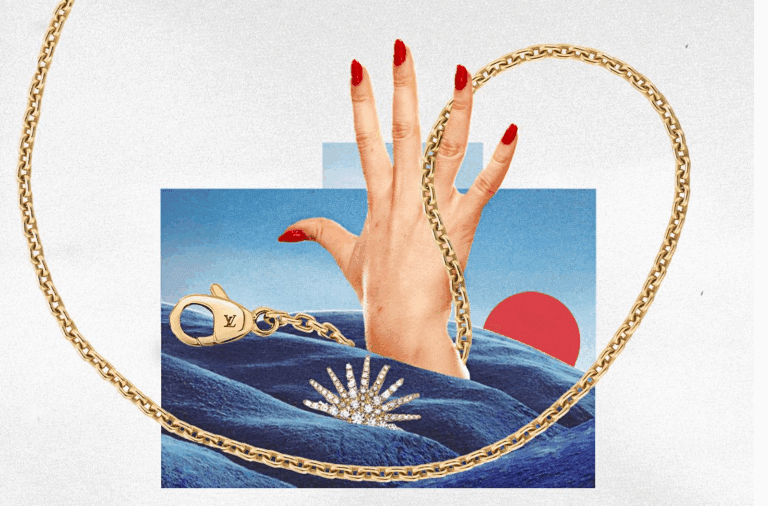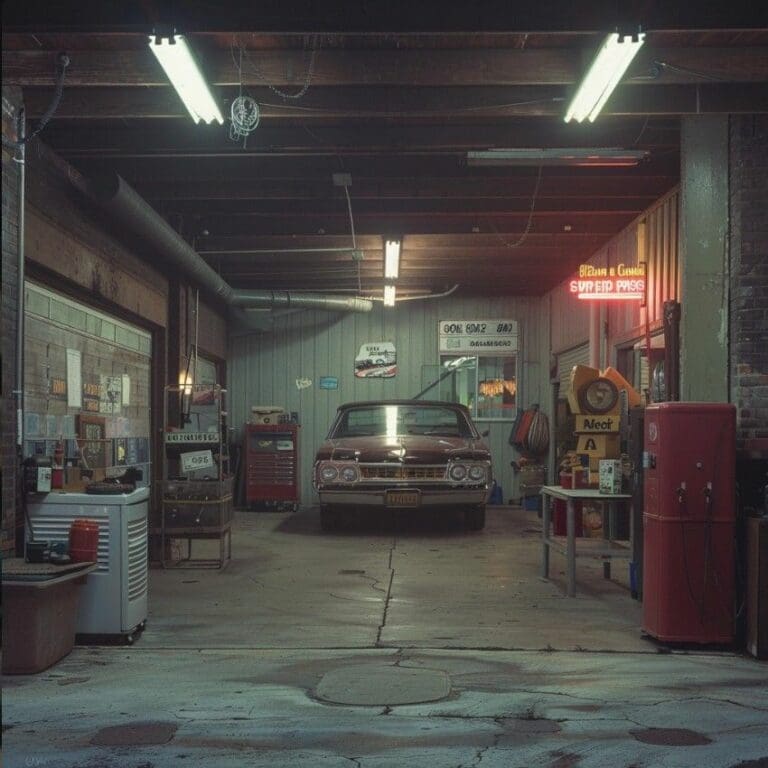Banner advertising is one of the types of digital promotion, which involves placing graphic images (banners) on third-party platforms. Such objects always contain a link that leads to the advertised resource.
This form of digital marketing is used to ensure brand recognition, attract traffic to the website, and increase sales through the promotion of products, services, or special offers. This marketing tool is universal, as it works for both brand image and direct conversions.
Advantages of using banners in digital marketing
Banner advertising remains a popular method of digital marketing due to the following advantages:
➤ Wide audience reach. Banners are placed on popular online resources and platforms, allowing thousands of users to be engaged daily. Even if a person doesn’t click on the ad, they will remember the brand.
➤ Precise targeting. When setting up advertising campaigns, factors such as users' age, interests, and location are considered. Relevant ads increase the likelihood of conversions.
➤ Remarketing. If a user has already visited the website but didn’t complete a desired action, they can be brought back. For this, ads leading to previously viewed products can be placed.
➤ Brand promotion. Continuous brand presence in advertising networks enhances trust and increases brand recognition.
This type of marketing effectively complements SEO promotion, driving additional traffic to the website. Almost every company can use this type of digital advertising. Banner creatives can be created and launched either independently or with the help of professionals.
Types of banner advertising

To use banners effectively, it's essential to understand their types and application features.
| Classification factor | Banner type | Description |
| Ad format | Statistical PNG, JPEG, WEB | Presented as simple images. Today, they are used less frequently due to their main disadvantage — they cannot automatically adapt to different screens. However, these banners are low-cost. They can be prepared in several sizes and set up to display correctly on both computers and smartphones. |
| Dynamic: HTML5 banners, GIF animation Java, Flash | This is an adaptive type of banner. They consist of complex animated blocks or videos in various formats. | |
| Size | Square: 250×250 pixels. | They are used when advertising space on the site is limited. |
| Standard: 468×60 pixels. | These narrow banners can be placed at the top, middle, or bottom of the page. Due to their shape, they require a balance between graphics and text. | |
| Leaderboard: 728×90 пікселів | They are often placed at the top of a web page. They also require thoughtful design. | |
| Rectangular: from 300×250 to 336×280 pixels. | They are placed on the sidebar of the resource. | |
| Half Page Ad: 300×600 pixels | These are large banners that take up a significant portion of the visible area on the page. Their cost is higher compared to other formats. | |
| Mobile Banner | Such banners can have different sizes. They are optimized for different devices depending on their type and position on the screen. | |
| Shape | Rich Media | They offer complex interactive ads — with video, sound, slideshows, and the Click-to-Call feature. |
| Pop-up та Pop-under | They are pop-up windows. They appear when the user visits a page or performs certain actions. | |
| Floating banners | They are more often placed in the corner or along the sides of the page and move as the page is scrolled. | |
| Expandable (expanded) | These graphic elements expand or unfold when the mouse cursor hovers over them. |
What are the features of banner advertising?
Banner advertising is placed on social media, partner websites, and marketing platforms. The principle of this digital tool is simple: the internet user likes the image, clicks on it, and is directed to another site. Dynamic banners with interactive elements are most often used for advertising. They not only lead to the desired resource but can also provide other useful information, such as:
✓ introduce new products or services;
✓ provide updates on familiar products;
✓ inform about new arrivals;
✓ notify about sales.
Algorithms determine where and to whom to show a banner by analyzing user behavior, interests, geolocation, and demographic data. This allows the advertisement to be shown to the most relevant audience, increasing the likelihood of clicks and conversions.
Where is banner advertising placed?
The placement of banner ads on the internet involves using various platforms and resources:
➤ Google Display Network (GDN). Displays ads in campaigns such as GDN, Performance Max, and Demand Gen, which focus on image-based advertisements. Banners in GDN and Performance Max appear on partner websites, mobile apps, YouTube, and Gmail. Demand Gen places banners on YouTube, Gmail, and Google’s recommendation feed. Managing Google Ads requires expertise and time, so professional assistance may be needed.
➤ Social Media Platforms. Facebook, Instagram, LinkedIn, and TikTok are excellent platforms for banner advertising. These channels help effectively reach target audiences.
➤ Advertising Networks. Platforms like AdRoll, Criteo, Taboola, and Outbrain allow banners to be displayed across thousands of websites and mobile apps. These networks specialize in retargeting, helping to bring back potential customers and increase conversions.
➤ News and Niche Websites. Placing banners on industry-specific sites attracts audiences with particular interests.
Advertising on business, technology, fashion, or sports websites ensures targeted reach.
How to set up and launch banner advertising
Effective banner advertising placement requires a thoughtful approach and adherence to important stages to ensure maximum results.
Defining campaign goals
Do you want to increase brand awareness or drive traffic to a specific page? The goals directly influence the strategy and design of the banner. For example, brand-focused ads will emphasize the logo and corporate colors, while ads offering products or services should be more targeted.
Choosing an advertising platform
The choice of platform for advertising should align with the target audience. For example, if your goal is to reach a larger audience, Google Display Network is an excellent choice. However, if you want to target users based on interests, social media platforms will be more effective.
Creating a creative graphic element
For effective advertising, the right banner design is crucial. It should be concise and clear, delivering key information quickly. A bright image with short and specific text will capture attention. For example, banner ads for an online store should include the logo and corporate brand colors. It’s also helpful to add an image of the product and a call-to-action button ("Shop Now"). It's important not to overload the banner with information to avoid losing the customer's attention.
Setting up targeting
This should be based on geolocation, demographic characteristics (gender, age, income), and the interests of your target audience. Targeted advertising reduces unnecessary clicks and increases conversion rates.
Optimizing the budget and bidding strategy
You need to determine how much you're willing to spend on the campaign. The marketing strategy should align with your goals. For example, if the goal is to drive traffic, it's better to use a CPC (cost-per-click) strategy. When the goal is to increase brand awareness, it's advisable to choose a CPM (cost-per-thousand impressions) strategy.
Test your advertising creatives. When the banner is first shown, it's important to assess its effectiveness. Even effective advertising won't consistently attract customers, so it's necessary to update the message.
Metrics for banner ad performance

To evaluate the effectiveness of banner advertising, it's not enough to consider just the number of impressions or clicks. A more objective assessment can additionally be made by using the following metrics:
➤ CTR (Click-Through Rate) — The click-through rate is a measure of how clickable a banner ad is. It is calculated as the ratio of clicks to impressions, indicating how well the ad captures users' attention. For example, if a banner was shown 1,000 times and clicked 70 times, the CTR would be 7%. On average, this metric rarely exceeds 1%.
➤ Conversion Rate — The percentage of users who completed a desired action (purchase, registration, subscription). It indicates how effective the banner is at attracting users who are interested in the offer.
➤ Post-click — Analyzing user behavior after clicking on a banner. It's important not only to capture attention but also to ensure the targeted action (such as a submission, purchase, etc.) is completed.
➤ Brand Lift — The increase in brand awareness following a campaign. It is measured through surveys and analyzing mentions of the company in search queries and social media.
➤ Search Lift — The increase in searches related to the brand in search engines after launching an ad campaign. If people are searching for the company more frequently on Google, it means the ad campaign has been successful.
➤ Engagement Rate (ER) — The engagement rate reflects how users interact with the ad. It measures actions like how long users stay on the site after clicking or whether they view additional pages.
A comprehensive analysis using various metrics allows for conclusions about the effectiveness of banner advertising and which elements of the strategy require improvement.
Conclusion
Knowing what banner advertising is on the internet allows you to use it effectively to attract traffic and increase brand recognition. The key is to set up targeting correctly, test different formats, and analyze metrics. Experiment with creatives and strategies to achieve the best results.




